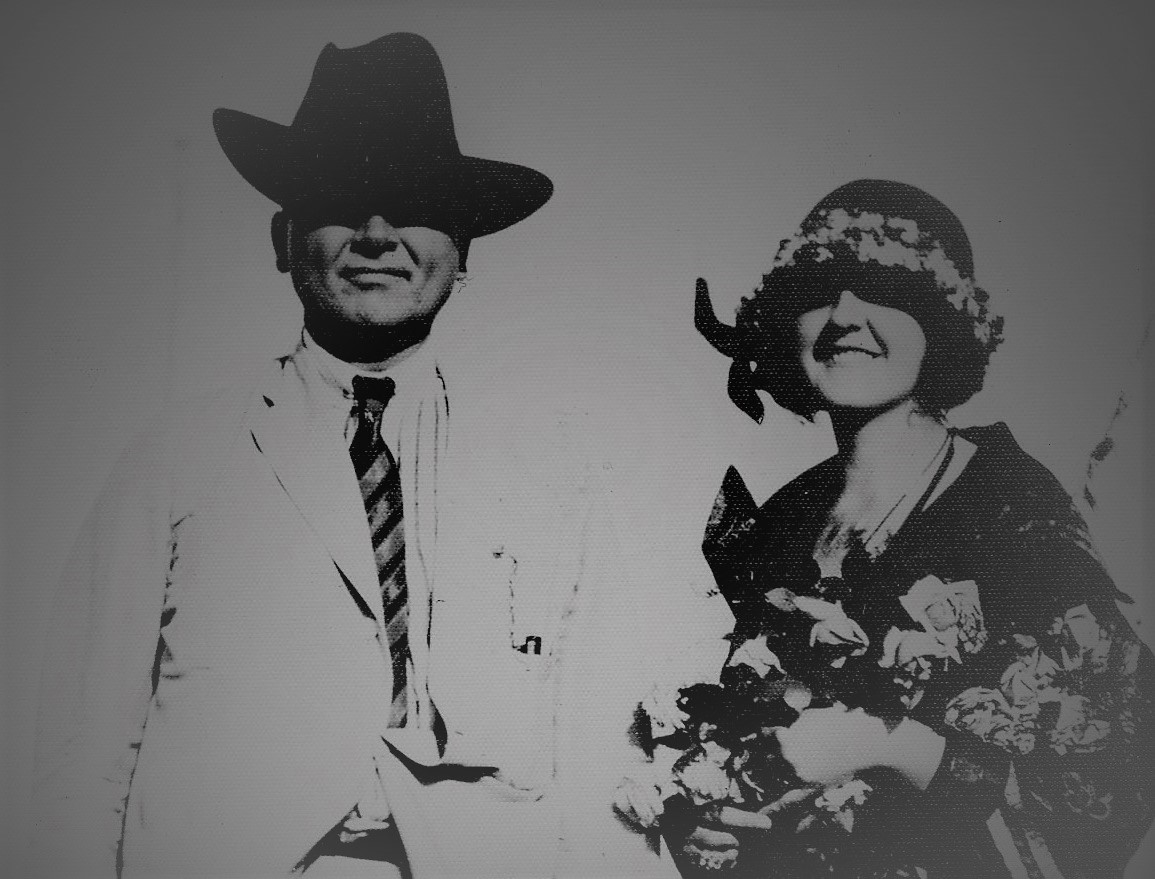by Mary Ann Lesh
She was a reporter for the New York Times Magazine on assignment in Mexico. He was the handsome and dynamic beloved Governor of Yucatan. It was Valentine’s Day, February 14, 1923. On that day, Governor Felipe Carrillo Puerto welcomed Alma Reed’s party from the Carnegie Institute to Yucatan to begin extended studies of the recently discovered Mayan ruins. Later that day, he called on her and invited her to go for a walk, see one of his administration’s model socialist villages, and “enjoy the unusually beautiful sunset.”
That was the first of some three hundred fifty days that would be engraved on Alma Reed’s heart, days that inspired and haunted her until the end of her life–three hundred fifty days of intense research and writing, trips, elegant luncheons, dinners, parties, impressive personalities, incredible adventures in the Mayan jungle, vows of undying love, flowers, gifts, passionate letters, and plans for a San Francisco wedding and life as First Lady of Yucatan in Felipe’s Villa Aurora. These days and her plans were cut short when the governor was assassinated on January 3, 1924, just a week and a half before their scheduled wedding.
Documents, letters, newspaper clippings, and her autobiography, Peregrina, Love and Death in Mexico, give testimony of their passionate love, their high ideals, their good deeds, and their plans to be protagonists in a glorious future for Yucatan and for Mexico. The melancholy ballad “Peregrina” had been composed and dedicated to Alma at Felipe’s request, immortalizing their brief, passionate love affair, and Alma’s unforgettable beauty.
There is little doubt that what Alma Reed and Felipe Carrillo Puerto experienced during those three hundred fifty days was profound and real. The force of the attraction between the lovers is not diminished by the fact that the protagonists were not a virginal Juliet and a passionate adolescent Romeo but a well-traveled divorcee of thirty-three and a fifty-year-old womanizer with an estranged wife and four children, including a married daughter. However, that fact does raise questions about the years leading up to February 14, 1923.
Felipe’s story goes back thirty years before that fateful St. Valentine’s Day to his youth in Motul, his participation in the Mexican Revolution that overthrew the dictator Porfirio Diaz, his overwhelming mandate for the governorship, and his leadership for reforms in education, women’s rights, prisons, labor rights. To this day, his accomplishments reverberate in the Yucatan Peninsula and beyond.
Alma had already been honored by Mexican President Alvaro Obregon for her successful intervention in the unjust execution of a sixteen-year-old Mexican who had been unjustly tried and condemned to death in California. Because of a barrage of articles by Alma Reed, not only was the execution stopped, but a law was passed prohibiting the execution of anyone under the age of eighteen. Her story reaches forward more than forty years after Felipe’s death. Contributions to history, art, and culture were recognized by the governments of Mexico and Greece in her lifetime. She was part of a lively movement of artists and writers in New York City. She wrote books and articles. She played a significant role in bringing muralist Jose Clemente Orozco to international attention, sponsoring shows of his work, publishing a book about him, and helping him economically as he struggled to remain true to his vision. Later in life, she returned to Mexico, where she wrote for the English-language Mexico City News. These stories are sometimes overshadowed by their compelling controversial love story.
Isabel Palma and Felipe had been married on February 18, 1898, almost twenty-five years before his legendary encounter with Alma Reed. In her autobiography, Alma recounts how he spoke candidly about his estranged wife, who was living in Cuba at the time, and his children. Alma in turn told him of her brief marriage to businessman Samuel Payne Reed in San Francisco. When Felipe Carrillo Puerto and Alma Reed met, this charming man of “rare physical beauty,” already had a long-standing reputation as a womanizer. He had very likely moved far beyond the limited world of his distinguished but provincial Isabel when he frequented Mexico City night spots with the well-known American writer Katherine Anne Porter, who wrote about “dancing the tango and all the latest dance steps” with Felipe in 1921 and 1922.
A philanderer’s love can be very real. He is addicted to the hormonal high that accompanies “falling in love,” a high that fades with familiarity. Falling hopelessly in love makes a good story, and many of us believe in it when we are watching a movie or reading a novel, but love is not something you fall into. It is something you commit to, and when being there for the beloved calls for more than flowers, poems, and moonlight walks, a philanderer often scrambles to escape from the love-pit that he has fallen into. The person who is loved by a philanderer may eventually find herself forced out of the role of Dearly Beloved and into the role of Wronged Wife.
Alma kept those three hundred fifty fantastic days close to her heart. Felipe’s sudden death freed her to dream forever of an idyllic life at Villa Aurora. She would never know, and we can never know, how her love story might have turned out if Felipe Carrillo Puerto had survived.
Isabel knew.


Reblogged this on HOW ABOUT MEXICO?.
LikeLike
lovely story and a very intelligent ending “Isabel knew”
LikeLike
Thank you!
LikeLike